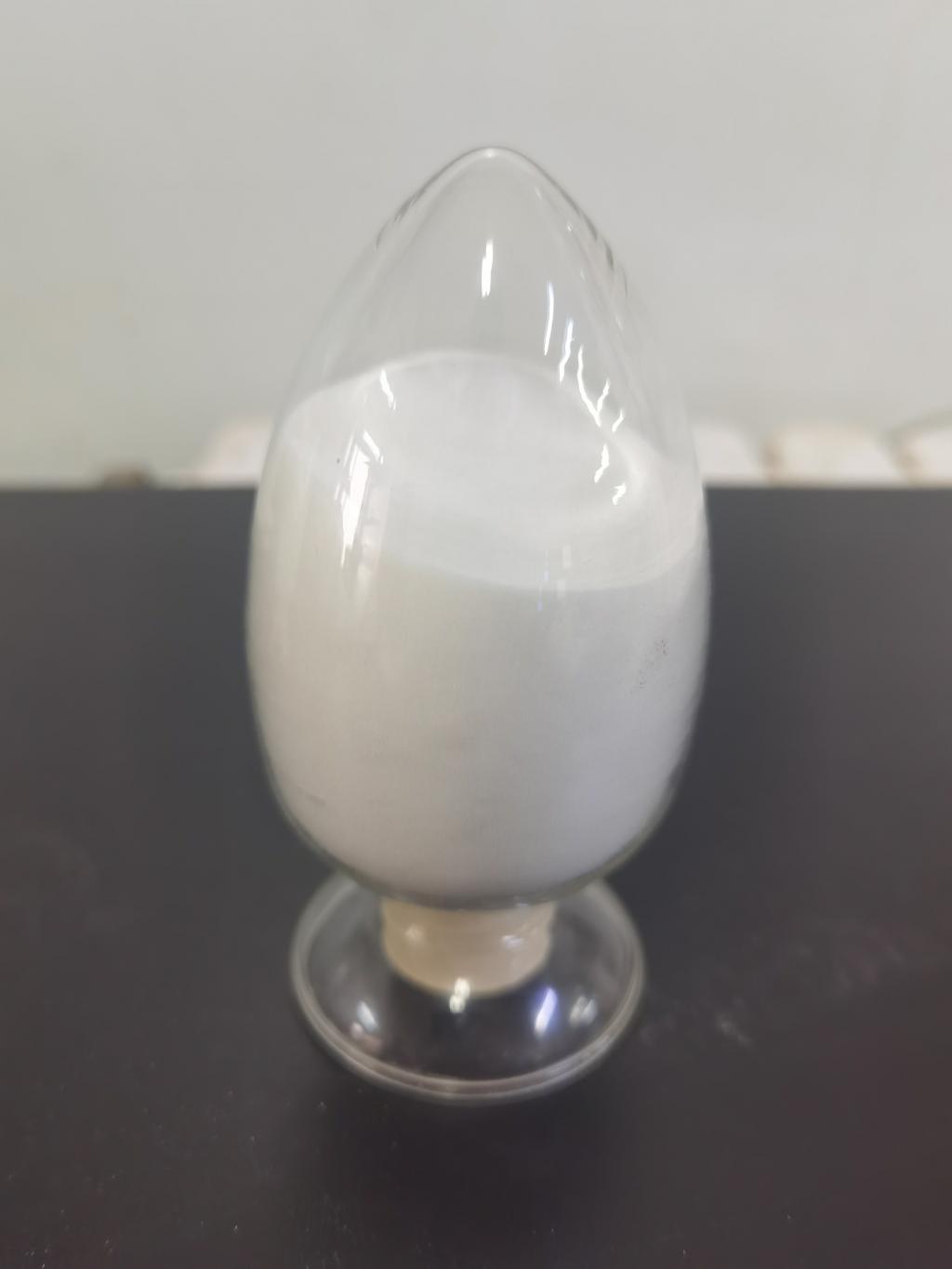Tel:+8618231198596

News
 CONTACT
CONTACT
 CONTACT
CONTACT
- Linkman:Linda Yao
- Tel: +8618231198596
- Email:linda.yao@dcpharma.cn
- Linkman:CHARLES.WANG
- Department:Overseas
- Tel: 0086 0311-85537378 0086 0311-85539701
News
The use of ε-Polylysine hydrochloride as a coating material.
TIME:2024-04-02
Understanding ε-Polylysine Hydrochloride
ε-Polylysine hydrochloride is a biopolymer derived from the fermentation of Streptomyces albulus, composed of multiple lysine units linked together in a chain-like structure. This water-soluble polymer exhibits exceptional biocompatibility, making it suitable for various biomedical applications. Its antimicrobial properties further enhance its potential for use in coating biomedical devices to prevent infections and improve patient outcomes.
Enhancing Biocompatibility of Biomedical Devices
The biocompatibility of biomedical devices is crucial for their successful integration within the human body and the prevention of adverse reactions, such as inflammation and tissue rejection. Coating materials play a critical role in enhancing the biocompatibility of these devices by providing a barrier between the device surface and biological tissues.
Research studies have shown that ε-Polylysine hydrochloride can serve as an effective coating material for biomedical devices to enhance biocompatibility in the following ways:
Reduced inflammation: ε-Polylysine hydrochloride coatings have been found to reduce inflammation and foreign body reactions at the implant site by minimizing the interaction between the device surface and immune cells. This helps promote tissue healing and integration around the device.
Enhanced tissue integration: The biocompatibility of ε-Polylysine hydrochloride coatings facilitates better tissue integration around biomedical devices, leading to improved stability and functionality. This is particularly beneficial for implants such as orthopedic implants and vascular grafts, where tissue adhesion is critical for long-term success.
Prevention of bacterial colonization: ε-Polylysine hydrochloride exhibits inherent antimicrobial properties, making it effective in preventing bacterial colonization on the surface of biomedical devices. By inhibiting bacterial growth, these coatings help reduce the risk of device-related infections, which are a common complication in medical implantation procedures.
Applications in Biomedical Device Coatings
The potential applications of ε-Polylysine hydrochloride as a coating material for biomedical devices are diverse and include:
Orthopedic implants: ε-Polylysine hydrochloride coatings can be applied to orthopedic implants, such as joint replacements and bone screws, to improve biocompatibility and reduce the risk of implant-related complications, such as infection and inflammation.
Cardiovascular devices: Cardiovascular devices, such as stents and vascular grafts, can benefit from ε-Polylysine hydrochloride coatings to enhance biocompatibility and reduce the risk of thrombosis and restenosis.
Dental implants: Dental implants coated with ε-Polylysine hydrochloride can promote better integration with surrounding tissues and reduce the risk of peri-implant infections, improving the long-term success of dental implant procedures.
Drug delivery systems: ε-Polylysine hydrochloride coatings can be incorporated into drug delivery systems, such as implantable drug-eluting devices, to enhance biocompatibility and reduce the risk of inflammation and tissue damage at the implant site.
Challenges and Considerations
While the use of ε-Polylysine hydrochloride as a coating material for biomedical devices holds promise, there are challenges and considerations that need to be addressed:
Optimization of coating properties: Efforts are needed to optimize the properties of ε-Polylysine hydrochloride coatings, such as thickness, porosity, and degradation rate, to ensure optimal performance and biocompatibility for different types of biomedical devices.
Long-term stability: The long-term stability of ε-Polylysine hydrochloride coatings on biomedical devices needs to be evaluated to ensure that they maintain their integrity and functionality over extended periods of time within the body.
Regulatory approval: Regulatory approval may be required for ε-Polylysine hydrochloride-coated biomedical devices to ensure their safety and efficacy for clinical use. Compliance with regulatory requirements is essential for market acceptance and commercialization.
Conclusion
The use of ε-Polylysine hydrochloride as a coating material for biomedical devices holds great promise for enhancing biocompatibility and reducing the risk of adverse reactions. Its unique combination of properties, including excellent biocompatibility and antimicrobial activity, makes it an attractive candidate for coating various types of biomedical devices, from orthopedic implants to drug delivery systems. As research and development efforts continue to advance, ε-Polylysine hydrochloride coatings have the potential to revolutionize the field of biomedical engineering, leading to safer and more effective medical devices that improve patient outcomes and quality of life.
- Tel:+8618231198596
- Whatsapp:18231198596
- Chat With Skype







